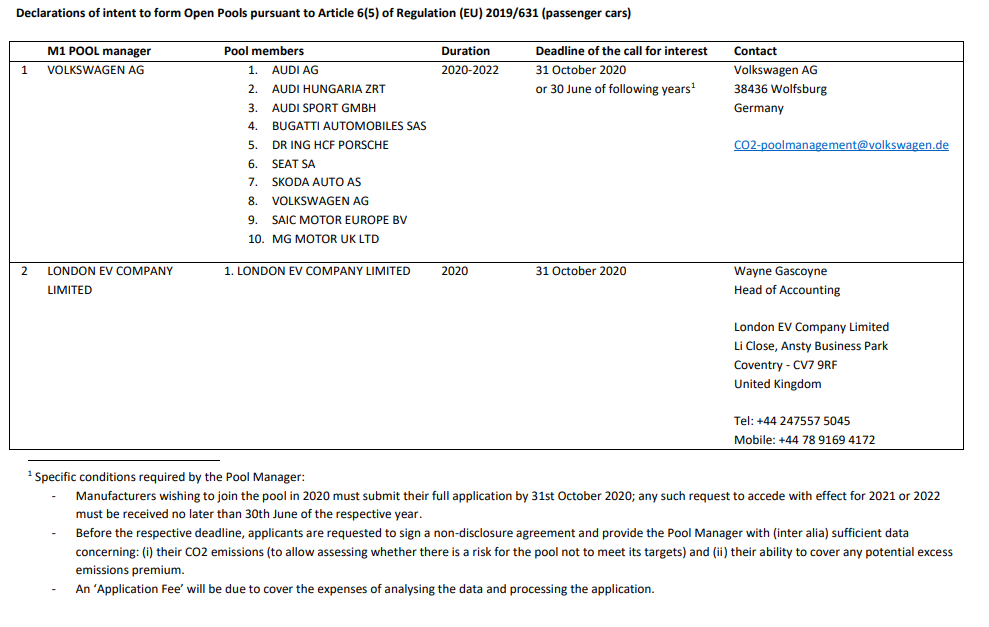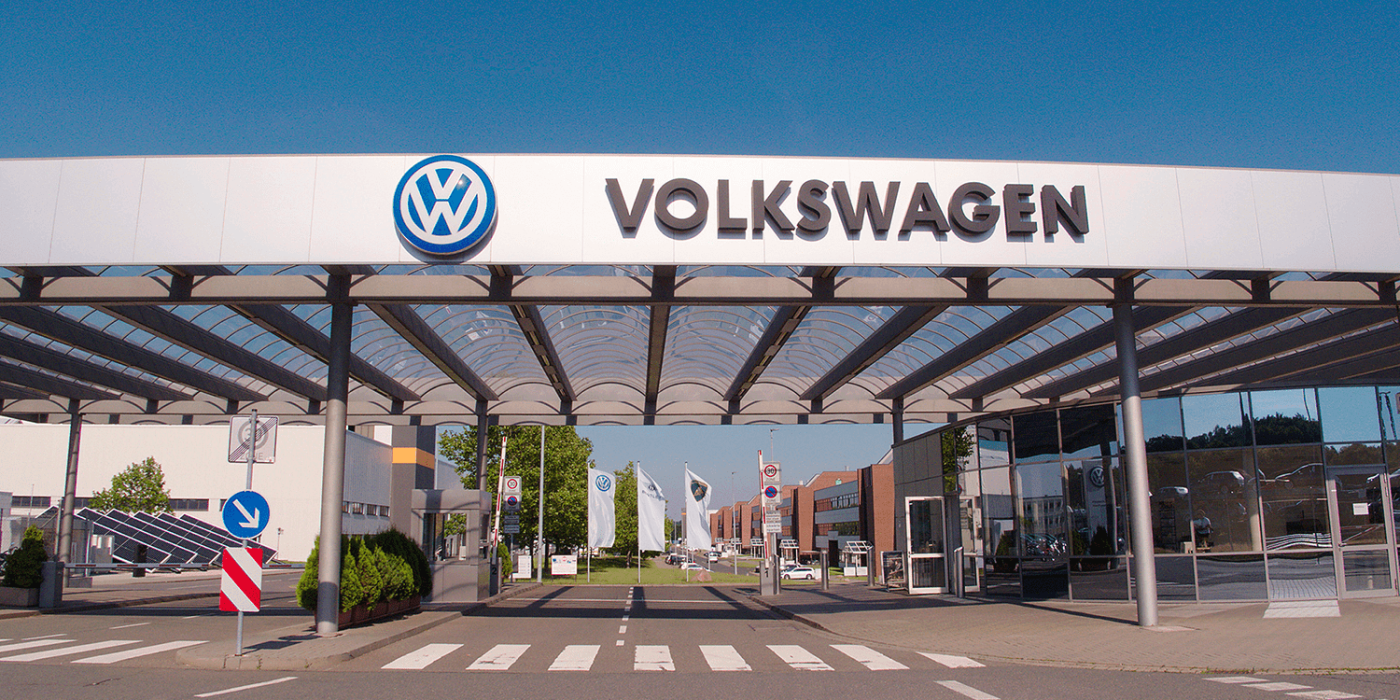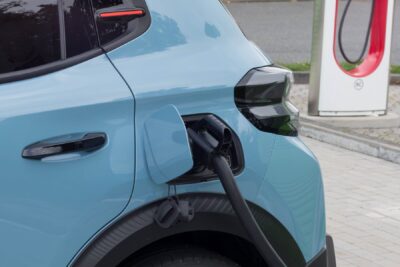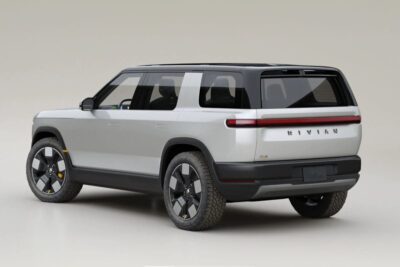CO2 pooling: VW merges fleets with SAIC and Ford
The Chinese automotive group SAIC has joined the Volkswagen Group’s CO2 pool in the EU with its brands MG Motor and SAIC Motors Europe. This is according to an official document of the European Commission.
++ Kindly find all updates to this article below. ++
The so-called CO2 pooling is a controversial method of avoiding fines in view of the increasingly strict carbon emission fleet value stipulated by the EU. Essentially it undercuts the EU Emissions Trading Scheme (ETS) and allows companies to count their fleets as one in order to adhere to EU rules without paying fines.
Fiat Chrysler Automobiles secured a similar arrangement with Tesla last year. Since FCA does not sell enough electrified cars by far, the company secured credits from Tesla to make up the difference as reported. Large sums of money flow between the manufacturers in return, but these are below the threatened penalty payments. In the case of the FCA-Tesla deal, this amounts to 1.8 billion euros that otherwise would have gone to the authorities.
The Volkswagen Group is now entering into such carbon emission pooling with the SAIC brands MG Motor and SAIC Motors Europe with the joint pool to run through 2022. At this stage, there are only indications as to why Volkswagen Group and MG/SAIC are pooling their efforts.
Volkswagen Group was expected to be CO2 compliant this year, while MG registered just under one-tenth of Volkswagen Group’s combined West European BEV volumes (59,000) during the same 7-month period. Besides, a late push during the final 4-months of the year from its newly introduced MEB based models such as the ID.3, ID.4 and new PHEV models was thought likely enough to push it over the relatively easy 95g/km target this year, especially with the full amount of so-called super credits available for vehicles with emissions levels under 51g/km during this period.
At the same time, the move could suggest an extra security net in view of possible lockdowns being revived across Europe. Also in China, SAIC and VW cooperate and build MEB models together at a dedicated factory in Anting.
Plus there is the Brexit looming. The UK is likely to keep the EU emission targets but would trade these internally. Here the pool with SAIC/MG is making sense for Volkswagen. Most of the Group’s sales in Britain are through Bentley, meaning CO2 intensive cars. The MG ZS EV on the other hand, was the fourth most registered BEV model in the UK, with more EV models on the horizon, according to the August edition of the European Electric Car Report.

On this note, Ford also wants to join forces with Volkswagen, as a group spokesperson told Bloomberg. This is in the area of light commercial vehicles. Again this move could indicate that Volkswagen indeed needs help in meeting the limits.
Whether and how much money flows between Volkswagen and the Chinese or American groups is undisclosed. All European CO2 pools must be declared by the end of the year. It is therefore quite possible that we will receive further reports of similar mergers in the coming weeks and months.
And finally, a note about the imminent sale of a Volkswagen subsidiary. The Wolfsburg-based company apparently intends to sell its Bugatti brand to the Croatian electric vehicle manufacturer Rimac, as industry insider Georg Kacher reports. In return, Porsche wants to increase its Rimac share from 15.5 per cent to 49 per cent. Bugatti belongs to the VW group since 1998 and is based in Alsace.
Update 19 October 2020: The new CO2 alliance between the Volkswagen Group and its Chinese partner SAIC is becoming closer and will in future extend to light commercial vehicles. As a new document from the EU Commission shows, a corresponding CO2 pool has also been formed here. However, the exact composition of the brands or companies is somewhat surprising. Besides the “pool managers” MAN Truck & Bus SE and the SAIC companies SAIC Europe S.A.R.L., SAIC Motor Europe B.V. and MG Motor UK Ltd., Audi AG, Audi Sport GmbH, Audi Hungaria ZRT., Seat S.A. and Skoda Auto A.S. are also part of the CO2 pool.
Volkswagen AG itself is part of a different pool, as indicated above – with Ford. In addition to Volkswagen AG, the “pool manager” team also includes Ford Motor Company, Ford Motor Company Australia and CNG Technik GmbH, a German Ford subsidiary. In the case of the N1 commercial vehicles, VW thus brings its Caddy and Crafter models into a pool with Ford Transit, Tourneo and Co.
In addition, a third pool has been registered for light commercial vehicles. Currently, however, it consists only of Renault – the French company thus signaled their willingness to include other interested parties in the pool. The deadline for Renault is 18 November 2020.
europa.eu (open pools), schmidtmatthias.de (analysis SAIC & VW), bloombergenvironment.com (paywall; Ford), carmagazine.co.uk (Rimac-Bugatti)





1 Comment